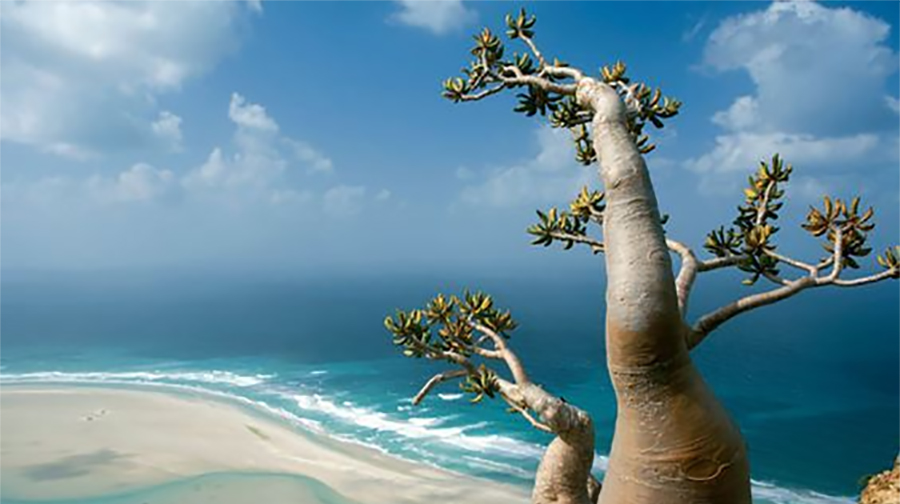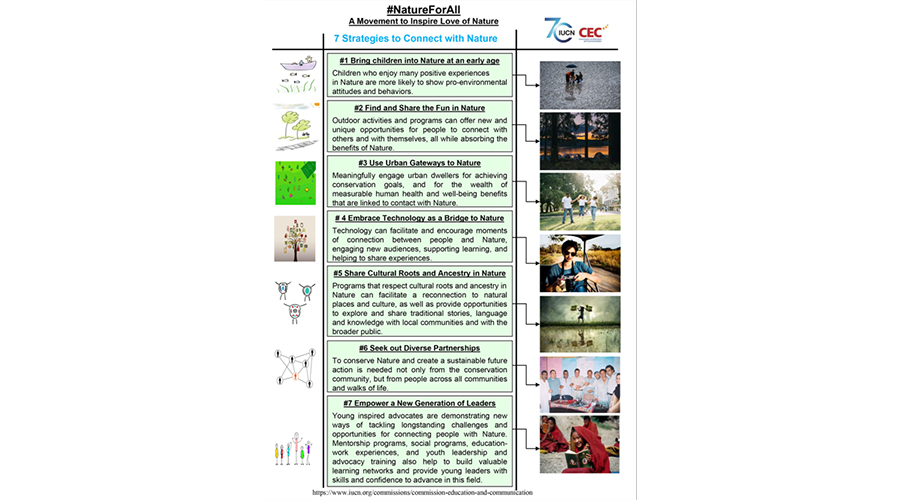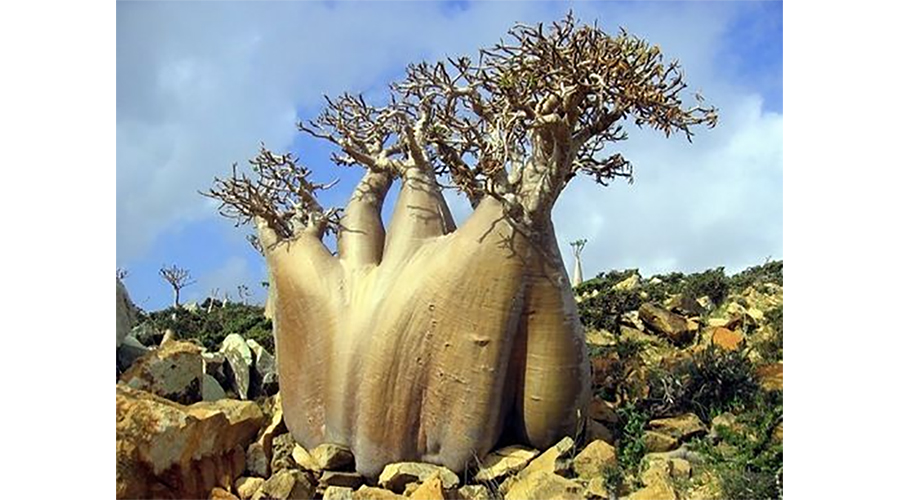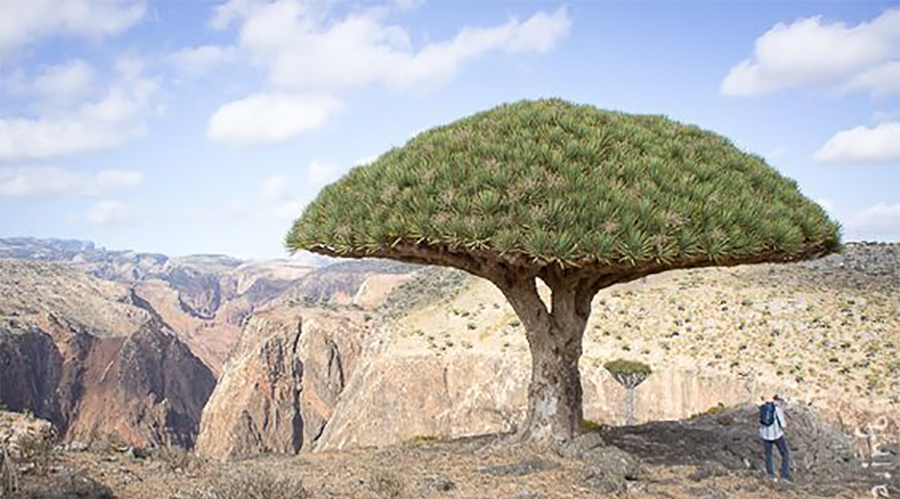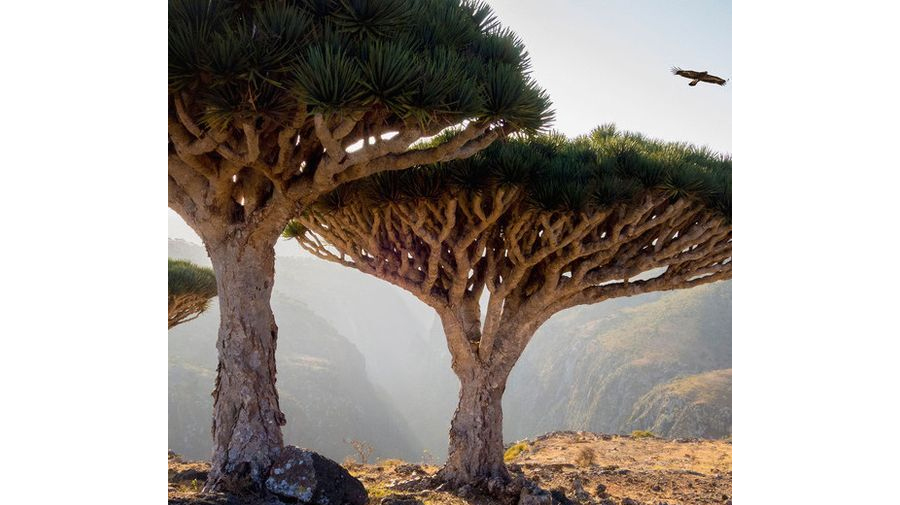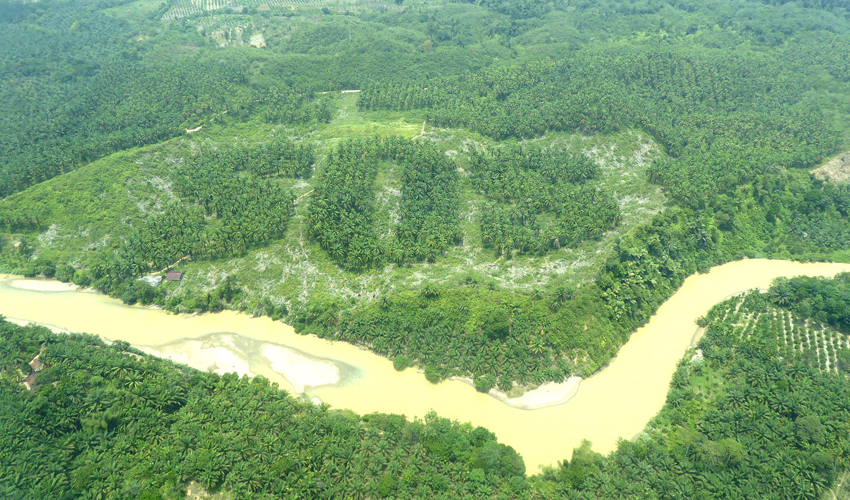#NatureForAll movement inspires the people of Socotra
Local people in Yemen’s Socotra Archipelago, a natural World Heritage with unique species and stunning landscapes, welcomed the idea of reconnecting with nature as relevant to their traditional ways of life, during a discussion with IUCN’s Commission on Education and Communication (CEC) in Manama, Bahrain last October.
At the 17th International Socotra Conference organised by the Friends of Socotra and the Arab Regional Centre for World Heritage, Firas Abd-Alhadi, Regional Vice-Chair for West Asia in IUCN CEC, presented the #NatureForAll movement, which aims to inspire love of nature through eight strategies.
“The more people experience, connect with, and share their love of nature, the more support there will be for its conservation and the more they will be connected to natural landmarks among which natural World Heritage sites emerge as the most celebrated. Socotra Archipelago is definitely one of these sites,” said Firas.
Through a poster and discussion, Firas elaborated on how people’s detachment from nature can alienate them from due appreciation of the services healthy ecosystems provide to communities and economies. In turn, this can undermine conservation practices, causing environmental deterioration.
Firas called for re-establishing connections between Socotra’s inhabitants –especially young people– and their natural surroundings, offering the #NatureForAll model.
In Socotra, traditional rural systems of livelihoods are facing increasing pressure due to a number of challenges. These include uncontrolled developments such as leisure resorts, which are damaging coral reefs and turtle nesting beaches, and newly re-opened fish export facilities, which are affecting traditional fisheries and making fish unaffordable to local people. The archipelago’s ecosystem is also disrupted by invasive alien species introduced by uninspected cargoes and exotic vegetation planted on roadsides.
Management, capacity building and awareness building are factors that can contribute in improving Socotra’s state of conservation. Socotra Archipelago stands out as a site where different parts of IUCN’s wide networks of experts can contribute in assessing, sustaining and reclaiming the site’s outstanding natural values, for which it is recognised as a World Heritage site.
The Socotra Archipelago is located in the northwest Indian Ocean near the Gulf of Aden, is 250 km long and comprises four islands and two rocky islets. It became a World Heritage site in 2008 for its rich and distinct flora and fauna: 37% of Socotra’s 825 plant species, 90% of its reptile species and 95% of its land snail species do not occur anywhere else in the world. The site also supports globally significant populations of land and sea birds (192 bird species, 44 of which breed on the islands while 85 are regular migrants), including a number of threatened species. The marine life of Socotra is also very diverse, with 253 species of reef-building corals, 730 species of coastal fish and 300 species of crab, lobster and shrimp.
Firas T. Abd-Alhadi, Regional Vice-Chair for West Asia in IUCN CEC
Email: Firas
